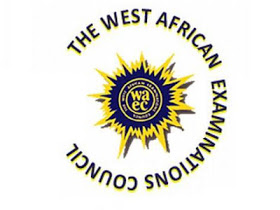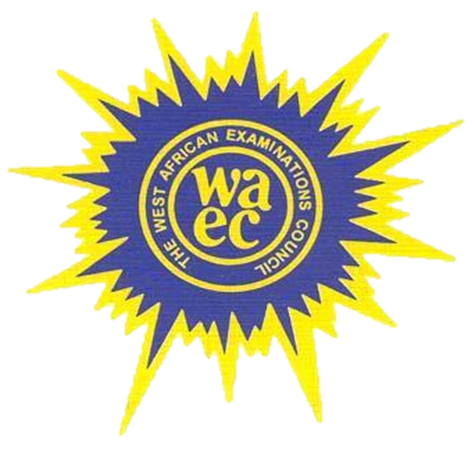WAEC GCE 2018 Chemistry (Obj & Essay) Answer - Nov/Dec Expo
WELCOME TO AYOSTUFFS WACE GCE BEST EXAM EVER
=======================================
KEEP REFRESHING IN EVERY 5MIN
=======================================
Chemistry OBJ:
1-10: CCDBACBABA
11-20: BDDDCDBAAA
21-30: CAADCCCAAB
31-40: CBBCABCDBC
41-50: BACCAABACC
(1a)
Gas > liquid > Solid
(1aii)
Solid > liquid > gas
(1bi)
PH>7
(1bii)
PH>7
(1ci)
(I) Magnesium from 0 to +2
(II) Hydrogen changes from 1 to 0
(1cii)
I ---> Magnesium is oxidized
II ---> Hyfrogen is reduced
(1ciii)
HCL
(1di)
(i) Boiling occurs throughout the entire volume while evaporation occurs at the surface
(ii)It involves the formation of bubbles while evaporation does not form bubbles
(1dii)
It decreases the boiling point as the boiling point of water is proportional to the magnitude of atmosphere pressure.
(1e)
It dictates the rate of reaction and also optimize the amount of product formed.
(1f)
C3H7CooH ---> Butanoic acid
(CH3)3COH ---> Butan-1-ol
(1g)
Functional groups are responsible for their different chemical behavior or properties so that organic compounds with smaller functional group would behave similarly.
(1h)
Solids in liquid:
(i) It depends on the nature of temperature changes or exothermic or endothermic as affect by the temperature of the liquid.
(ii) The surface area of solid is lesser, they dissolves less as compound to gases in the same volume.
(iii) Pressure does not affect the solubility of the solids
Gas in liquid:
(i) It depends on the average kinetic energy as affect by temperature of the liquid.
(ii) The surface area of gases are higher so they dissolve more in a given volume of water.
(iii) The solubility of gases is a direct consequences of pressure changes due to the partial pressure of the gas molecules.
============================≠========°=°====
(2i)
C = 0.48 H = 0.8 Cl = 1.42
H
C = 1 H = 1 Cl = 35.5
C = 0.48/12
H = 0.08/1
Cl = 1.42/35.5
0.04/0.04 , 0.08/0.04 , 0.04/0.04
Therefore CH2CL
The electrical formular = CH2CL
(2aii) The molar mass of the compound is 99
Hence (CH2CL)n = 99
(12 + 2C1) + 35.5)n = 99
12 + 2 + 35.5
(495)n = 99
Therefore n = 2
Hence the molar formula = (CH2CL)2
C2H4CL2
(2b)
(I) it is soluble in water and in other polar solvents.
(II) Nacl(s) when dissolve in water ionized to form Na+ and Cl-
(III) the aqueous solution of Nacl(s) can be use as n electrolyte
(2ci) DRAW THE DIAGRAM
(2cii)
(i)Eq1- actuation energy for in catalyzed reaction
(ii)Eq2 - actuation energy for catalyzed reaction
=========================================
5ai)
i)CO
ii)CO2
5aii)
It is because there is increasing surface area of the broken coal than in the lumps of coal
5aiii)
CH4
5aiv)
Coke
5bi)
SO2
5bii)
MnO2
5aiii)
Na2O
5aiv)
Al2O3
5av)
NO2
5ci)
Cl2+FeCl----->FeCl3
5cii)
Radox reaction
5civ)
Reason: the oxidation number of iron increases from +2 to +3 oxidation, and the oxidation number of chlorine decrease from 0 to - 1
5di)
A- delivery tube
B- quicklime
5dii)
2NH2 Cl2(s)+ Can(OH)2(s)----->CaCl2(s)+2H2O(s)+2NH3(g)
5diii)
Ammonia
5div)
To prevent sucking back
5dv)
To absorb or dry the ammonia gas
5e)
Bitumen
CHEMISTRY ANSWER LOADING.................




Comments
Post a Comment